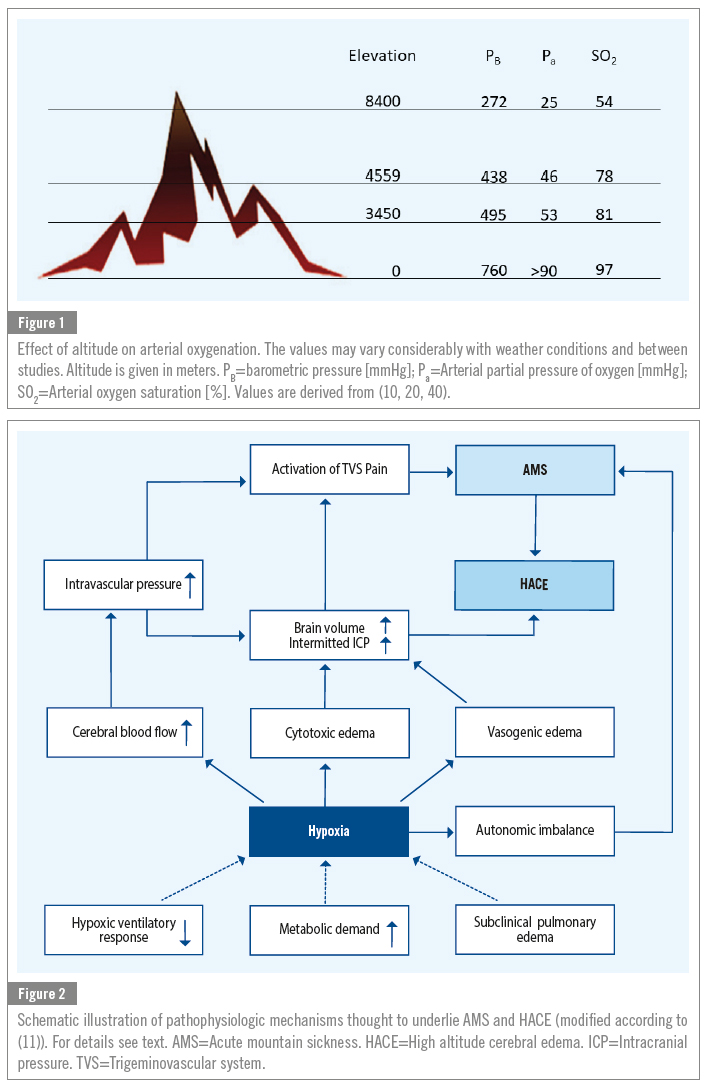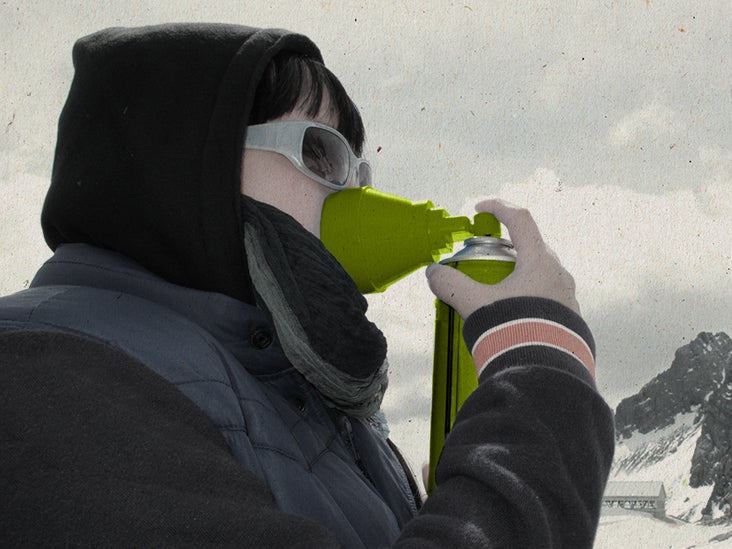
Sildenafil citrate (Viagra) can also selectively reduce pulmonary arterial pressure and has small effect on blood pressure, which proves to be effective in the prevention and treatment of HAPE. The usual dose is 20 to 30 mg for the long-acting effect, taken every 12 hours. Nifedipine is a calcium channel blocker, which can prevent and treat HAPE.

The dosage can be increased by taking it every 6 hours for treatment.

After arriving at high altitudes, take it for 2 days and then discontinue the medicine. The dosage is 4mg in the morning and 4mg in the evening, starting one day before departure to the highlands.

Therefore, currently the medical community still prefers Acetazolamide for the prevention of mountain sickness, while Dexamethasone is reserved for those who cannot use Acetazolamide due to contraindications, or for those with severe mountain sickness when the loss of height may be delayed. As a result, travelers who continue to ascend are more likely to develop altitude sickness quickly once they stop taking it. It can prevent acute mountain sickness and HACE, but there is no evidence that it can accelerate the body's adaptation to high altitude environment.
#Altitude sickness treatment skin
Side effects include frequent urination, skin tingling, nausea, fatigue, tinnitus, sensory abnormalities, hypokalemia, etc. Those with sulfonamide allergy and G6PD deficiency should not use the drug. After arriving at high altitudes, take it for 2 days before discontinuance. The dosage, ranging from 125mg to 250mg, is taken 2 to 3 times a day, starting from the day before departure to the highlands. Prophylactic medication for mountain sicknessĪcetazolamide is a diuretic that prevents acute mountain sickness and accelerates the body's adaptation to high altitude environments. And things like high pressure bag therapy and oxygen therapy are just temporary fixes. Early treatment means immediate lowering of altitude (usually by 500 to 1,000 meters) when the disease is identified. However, if treated early, the patient can almost be saved and fully recover. High altitude cerebral edema (HACE) and high altitude pulmonary edema (HAPE) are both diseases that can quickly lead to death.Don't leave people with mountain sickness behind.When resting at the same altitude and the symptoms have not been alleviated or once the symptoms deteriorate, they should immediately descend to a lower altitude.Do not continue to climb with the symptoms of acute mountain sickness.What should I do if I have mountain sickness? Pay attention to whether you or your teammates have early symptoms of mountain sickness.You can climb higher during the day and sleep lower at night. Slowly climb the mountain, do not rush, so that the body has enough time to adapt to the changes in the low oxygen environment.Avoid excessive exercise and alcoholic beverages for the first 24 hours after arriving at the highlands.When traveling at an altitude of 2000-2500 meters or more, it is best to stay overnight before ascent.

If you have to take a direct flight so that you have to sleep at a height of more than 2,750 meters above sea level on the first day, it is best to consider using prophylactic medications. And try to avoid flying directly to the highlands.


 0 kommentar(er)
0 kommentar(er)
